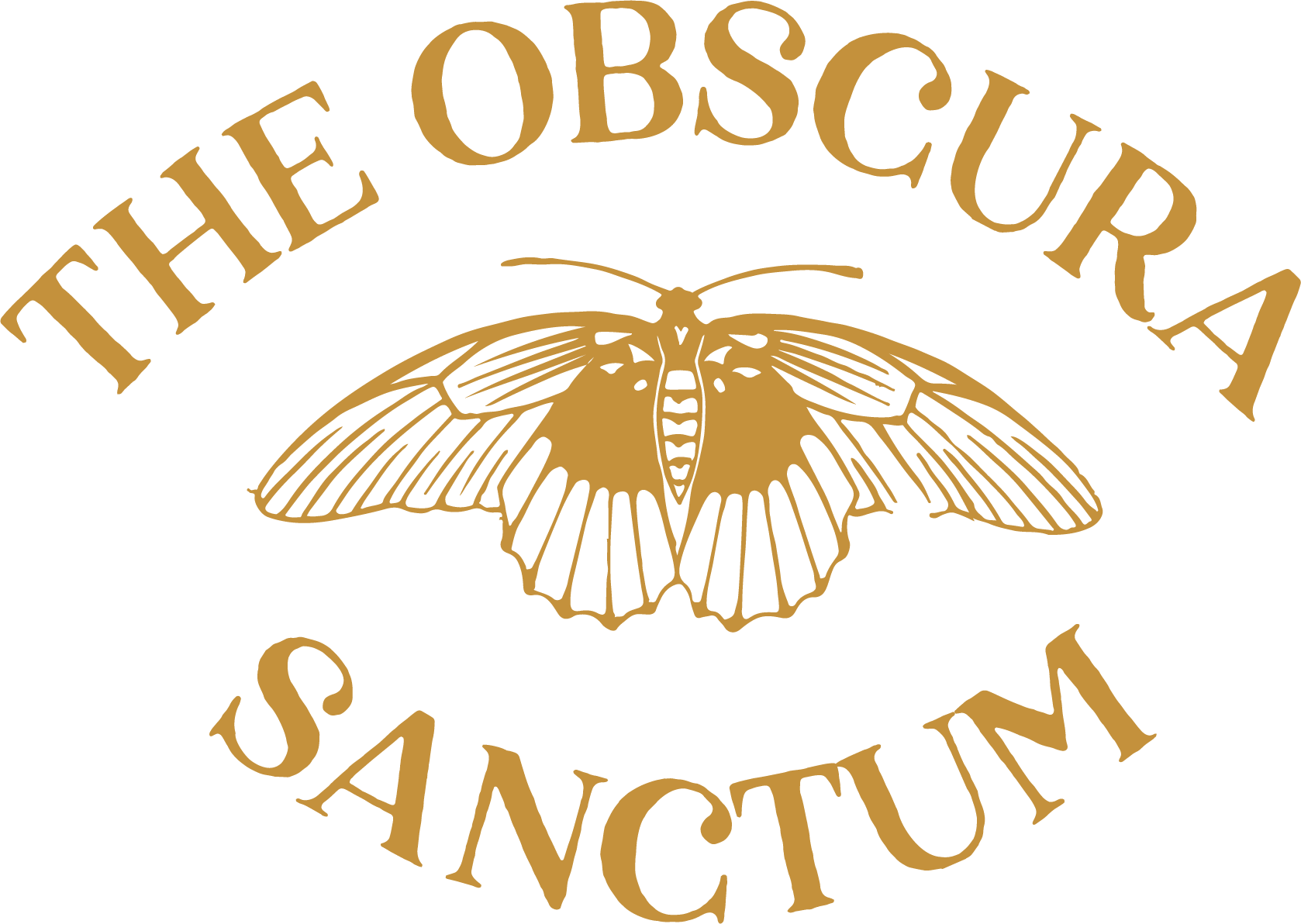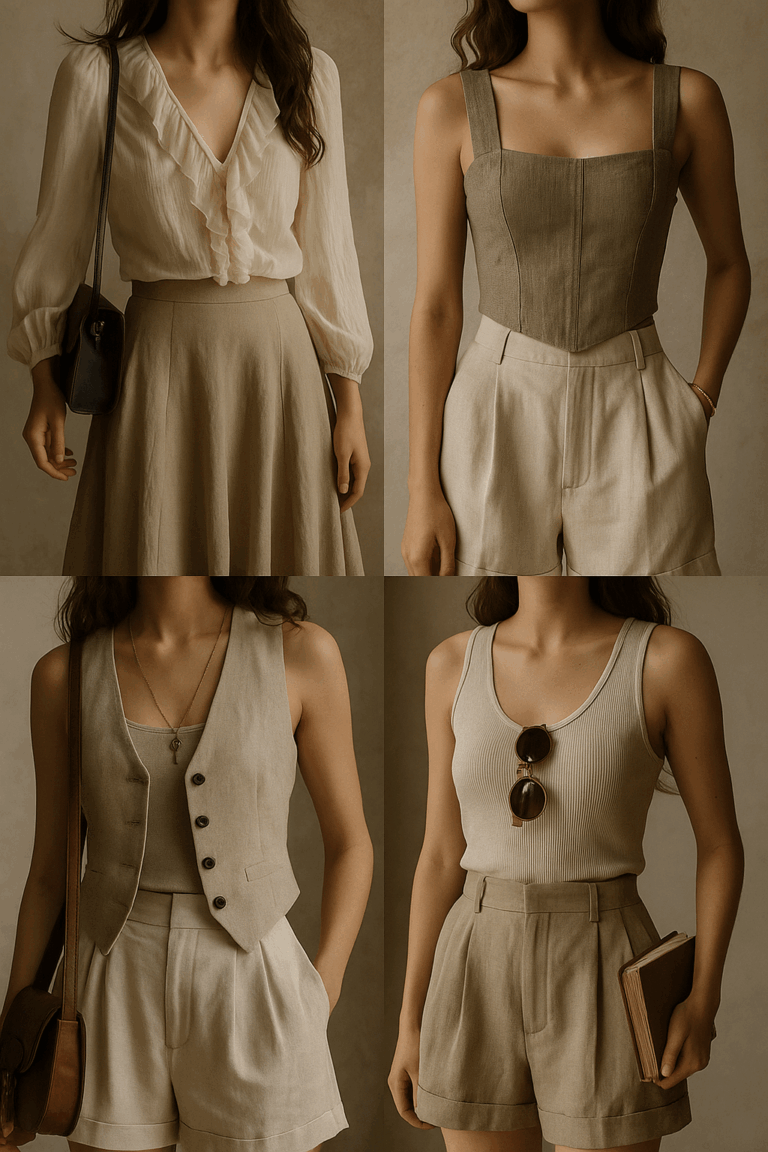The fashion style didn’t emerge out of nowhere. It has roots—deep, tangled ones that stretch across centuries, drawing from the wardrobes of scholars, poets, and intellectuals who left their mark on history. It’s not just about aesthetics; it’s about embodying an era, a mindset, a longing for a world where knowledge was sacred. But how did we get from the ivy-covered universities of the past to today’s Tumblr and Instagram-fueled fashion movement?

The Classical Foundations: Ancient Scholars and the Power of Simplicity
Before there were cozy libraries and aesthetic tweed coats, ancient scholars were out here in flowy robes, strolling through marble halls like the original academics. Plato and Aristotle weren’t flexing designer fits—they kept it simple because back then, intelligence was the real status symbol. And honestly? That vibe never really left. Dressing like a scholar has been a thing for centuries—it just evolved from tunics to blazers and book-stacked selfies.

The 18th and 19th Centuries: The Birth of Academic Dress
As universities leveled up into prestigious institutions, academic fashion had to keep up. Professors and students rocked long, dark robes—basically the original “scholarly chic”—with fancy sashes that showed off their rank or field of study. Today, we only see it at graduation, but back then, it was an everyday thing. Imagine rolling into class every morning looking like you were about to cast a spell.
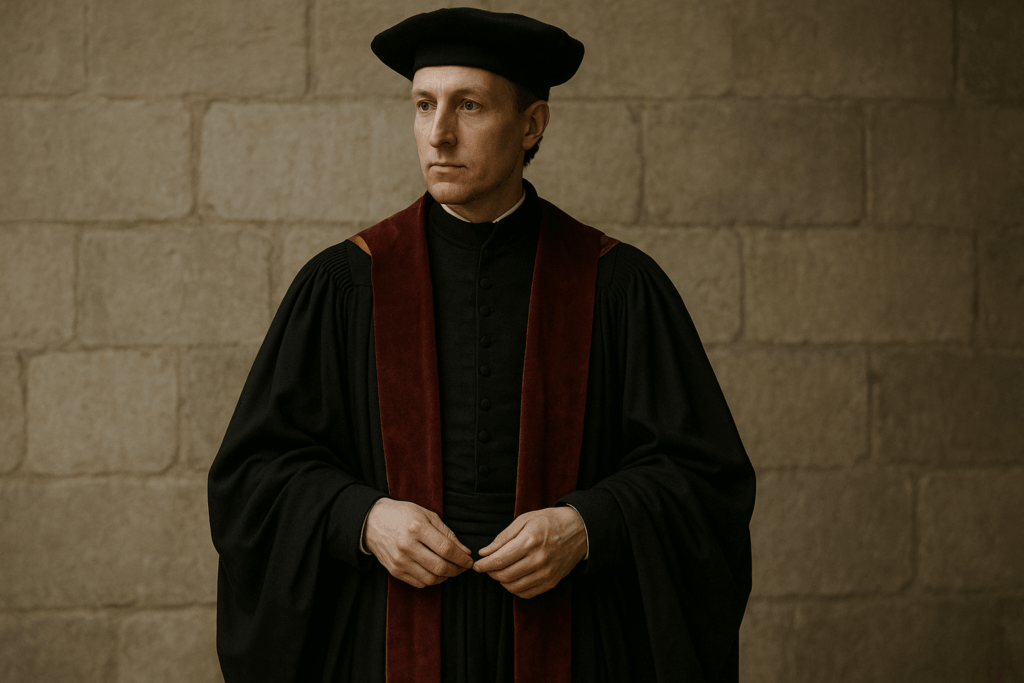
Then came the 19th century, and the Romantic era said, let’s make this dramatic. Poets like Lord Byron and Percy Shelley turned academia into a fashion statement with high-collared shirts, waistcoats, and tailored coats that screamed intellectual but emotionally unavailable. Literature and fashion became one, creating a look that was equal parts sophisticated and “I stay up all night overthinking.” And honestly? That energy is still very much alive in Dark Academia today.
The Late 19th and Early 20th Century: The Rise of the Intellectual Aesthetic
By the late 1800s and early 1900s, Oxford and Cambridge students strutted around in wool blazers, trousers, and stiff-collared shirts—a look that quickly became the uniform of higher education. Tweed, herringbone, and wool weren’t just for show; they were practical, durable, and gave off that quiet, effortless luxury that still feels iconic today.
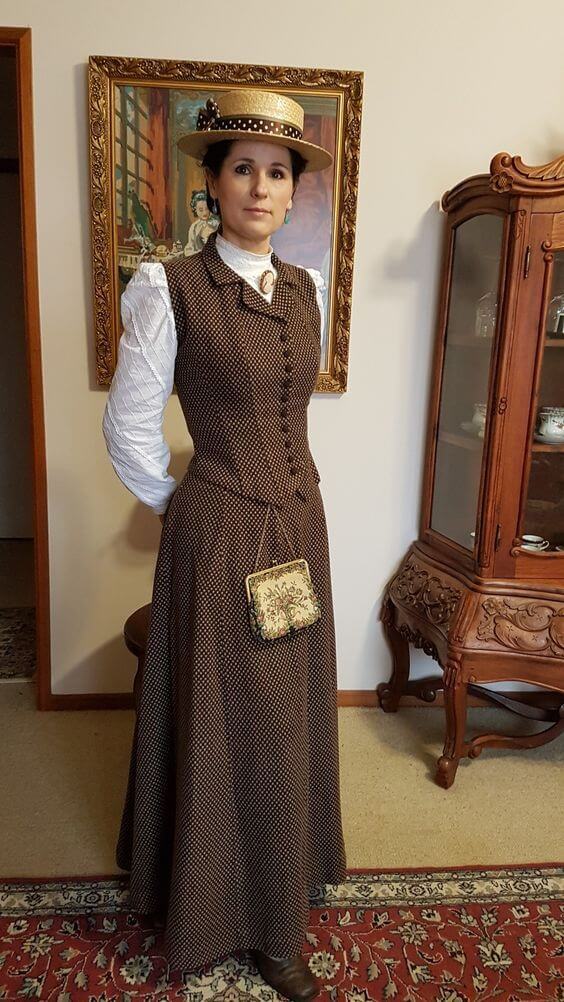
Source: Pinterest | Credit to the original artist/photographer
Meanwhile, women were finally stepping into academic spaces they had been shut out of for centuries—and they did it in style. Long skirts, high-neck blouses, and structured coats became their intellectual armor. Between literary salons, suffragette movements, and a whole wave of women proving that brains > beauty standards, this era set the stage for Dark Academia’s gender-neutral, knowledge-first, fashion-second approach.
The 1920s-1940s: Tweed, Wool, and the Ivy League Look
As education became more accessible, academic fashion shifted with it. The Ivy League look—basically Britain’s tailoring with an American twist—took over university campuses. Think pleated trousers, wool coats, and argyle sweaters, often topped off with round glasses and polished Oxford shoes. It was preppy, but in a “reads Latin for fun” kind of way.

This was also the era where the trench coat made its grand entrance—an iconic piece that still defines Dark Academia today. Originally designed for military use, it quickly became a favorite among students and professors, adding that perfect touch of mystery and sophistication. Because let’s be honest, nothing says intellectual with a secret like a long, dramatic coat.
The 1970s-1990s: The Literary Revival and Subcultural Influence
By the mid-20th century, fashion got way more casual (goodbye, stiff collars), but the late ’70s and ’80s brought vintage academic vibes back with a vengeance. Picture poeple in oversized sweaters, probably sipping black coffee and contemplating the meaning of life.
Then the ’90s rolled in, and pop culture basically locked in the Dark Academia aesthetic before we even had a name for it. Dead Poets Society (1989) made us all want to stand on desks and recite poetry, while The Talented Mr. Ripley (1999) gave us old-money academia meets dangerously charming con artist. It was all the drama and aesthetic we didn’t know we needed.
The 2010s to Now: Dark Academia as a Defined Aesthetic
By the 2010s, social media had its main character moment, and Dark Academia went from a niche idea to a fully curated aesthetic. Tumblr, Pinterest, and Instagram became the holy trinity of moody, bookish vibes—think gothic romance, secret libraries, and the kind of outfits that make you look like you’re always on your way to a poetry reading in a hidden café.
Modern Dark Academia fashion is basically a love letter to history with a contemporary twist:
- Tailored blazers and wool coats – because 19th-century scholars knew how to dress
- Turtlenecks, pleated skirts, and high-waisted trousers – a chef’s kiss to mid-20th-century academia
- Loafers, Oxfords, and Mary Janes – because nothing says “intellectual but mysterious” like a polished shoe
- Muted, earthy tones – inspired by candlelit libraries, old books, and crisp autumn air
- Layering tweed, corduroy, and cashmere – for maximum cozy but make it sophisticated energy
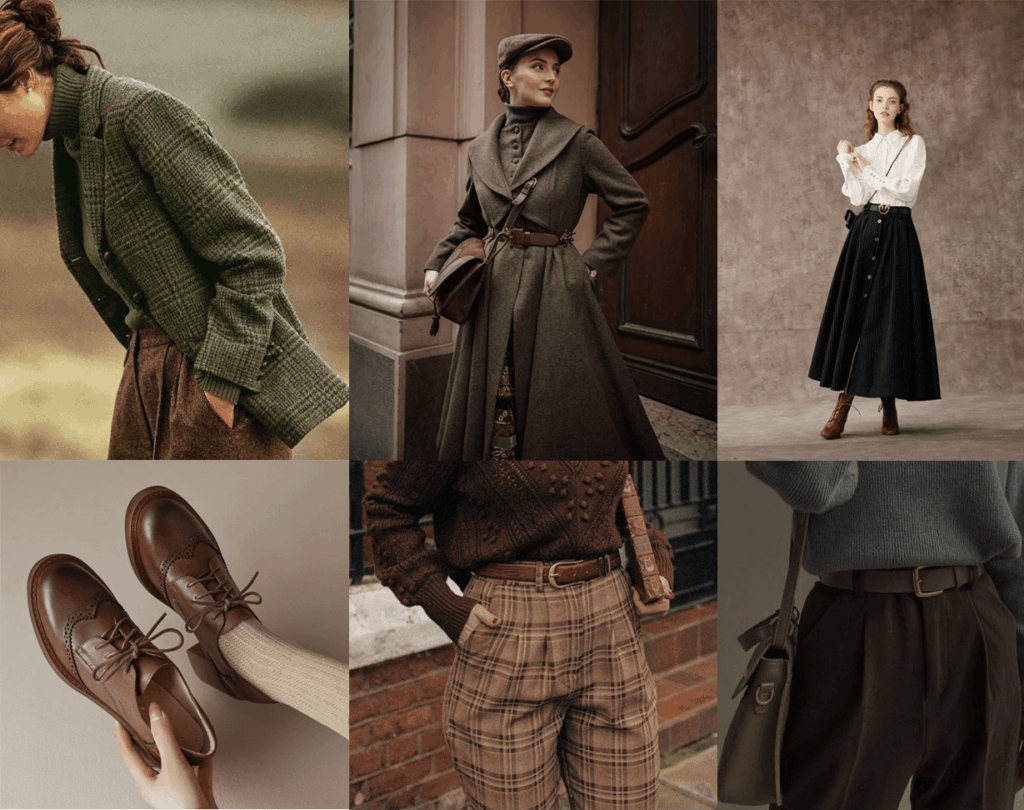
Source of images: Pinterest | Credit to the original artists/photographers
Why It Still Resonates (AKA Why I’m Still Obsessed)
For me, Dark Academia fashion isn’t just about looking like I stepped out of a gothic novel (although, let’s be real, that’s a perk). It’s about embracing a slower, more thoughtful way of living—where learning is romanticized, books are treasured, and fast fashion trends can’t touch me because I’m too busy thrifting the perfect wool blazer!

Source: Pinterest | Credit to the original artist/photographer
Maybe it’s the nostalgia, maybe it’s the quiet rebellion against a world that feels increasingly disposable, or maybe I just love dressing like I have a mysterious backstory. Whatever it is, Dark Academia proves one thing: some things never go out of style. Like timeless fashion. And reading books I’ll never finish.
What’s your go-to Dark Academia piece that makes you feel like the main character?
